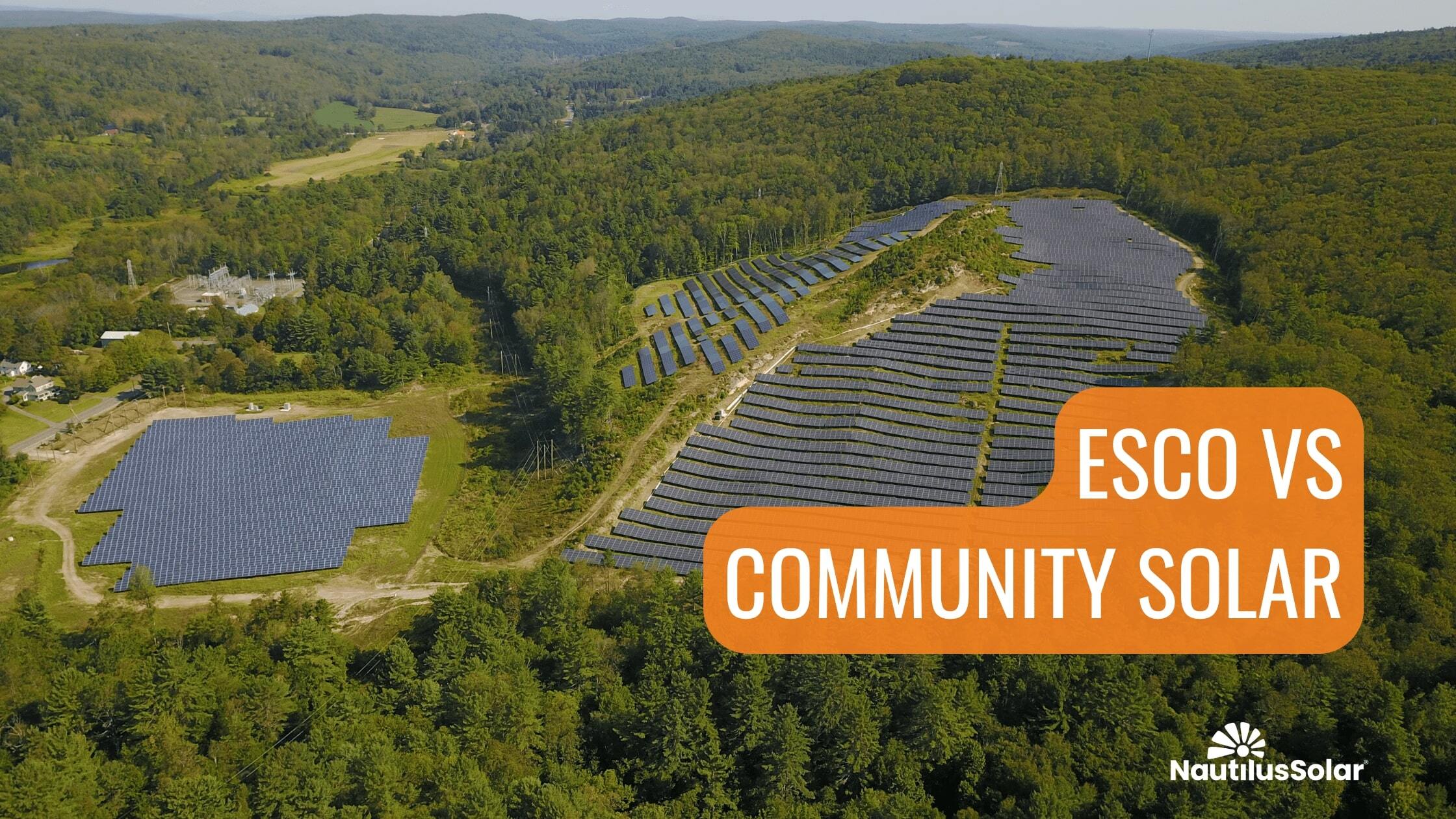What is Community Solar?
Community solar is a renewable energy program that allows individuals to subscribe to a portion of a solar farm. Unlike installing panels on your own roof, community solar farms are large local solar arrays that generate electricity for the grid. As a subscriber, you receive credits on your electric bill for the energy produced by the solar farm. These credits help offset your electricity supply costs.
One of the key benefits of community solar is that it’s available to anyone with an electric bill—whether you own or rent your home. Additionally, community solar subscribers typically see a savings of around 10% compared to traditional utility rates. Importantly, community solar focuses on supporting local clean energy production, as the energy generated comes from solar farms within your utility area. This means you’re contributing to clean energy in your own community while saving money on your bills.
Subscribers can also enjoy flexibility. Most community solar programs allow you to cancel with little to no penalty, offering an affordable and risk-free way to support renewable energy.
What is Third-Party Energy Supply?
Third-party energy providers, also known as Energy Service Companies (ESCOs), offer another option for homeowners in deregulated energy markets such as New York state. These companies allow consumers to choose where their electricity comes from, often with the promise of lower rates or renewable energy options. ESCOs don’t generate their own power; they buy it on the open market and resell it to consumers. The electricity is still delivered by your utility, but your supply rate and the source of your energy may be different.
While some ESCOs focus on providing renewable energy, others have come under scrutiny for offering introductory rates that eventually increase, leaving customers paying more than they would through their utility. Furthermore, some ESCOs rely on Renewable Energy Certificates (RECs) to back their green energy claims. RECs are financial instruments that represent renewable energy generated elsewhere, which means that while you may be supporting clean energy, it’s not necessarily from a local source.
Additionally, ESCO contracts can be short-term, and many auto-renew at variable rates, making it essential for consumers to stay vigilant about their energy bills and contracts.
How Do Community Solar and ESCOs Differ?
The primary difference between community solar and third-party energy suppliers lies in how the renewable energy is sourced and the way consumers benefit.
- Local vs. Broad Renewable Energy Sourcing: Community solar guarantees that the energy comes from a local solar farm, benefiting both you and your community. ESCOs may source energy from a mix of renewable and non-renewable sources, often using RECs that can originate from any region.
- Savings Structure: Community solar offers direct savings on your electricity bill through solar credits, which means that while the price of your electricity might fluctuate, you’re guaranteed savings based on the energy produced by the solar farm. ESCOs may offer competitive initial rates, but these can rise after a promotional period, potentially leading to higher costs.
- Contract Flexibility: Most community solar programs do not lock you into long-term contracts, allowing you to cancel with minimal or no fees. On the other hand, ESCO contracts can be more restrictive, often coming with fees for early termination.
Choosing between community solar and third-party energy suppliers ultimately depends on your priorities—whether you want to focus on local energy production, maximize savings, or ensure flexibility in your energy contracts.
Community solar offers a straightforward way to support renewable energy generation in your own utility area while saving money on your electric bills, without the hassle of rooftop installations. ESCOs, meanwhile, provide flexibility in sourcing energy, but come with more variability in pricing and fewer guarantees of local impact.
By understanding the distinctions between these two renewable energy options, you can make a more informed choice about how to power your home sustainably while supporting broader environmental goals. Whether you opt for community solar, an ESCO, or a combination of both, your decision will play a key role in contributing to a greener energy future.
To subscribe to Nautilus Community Solar, click here.


.png)

.png)